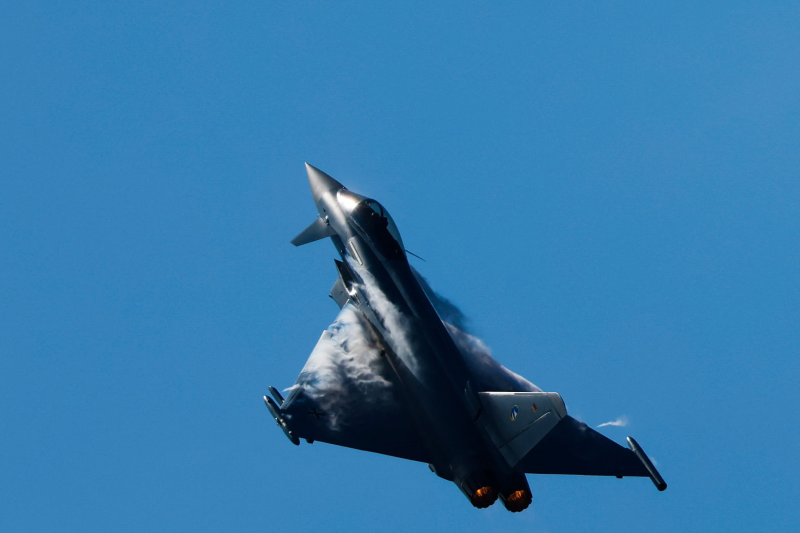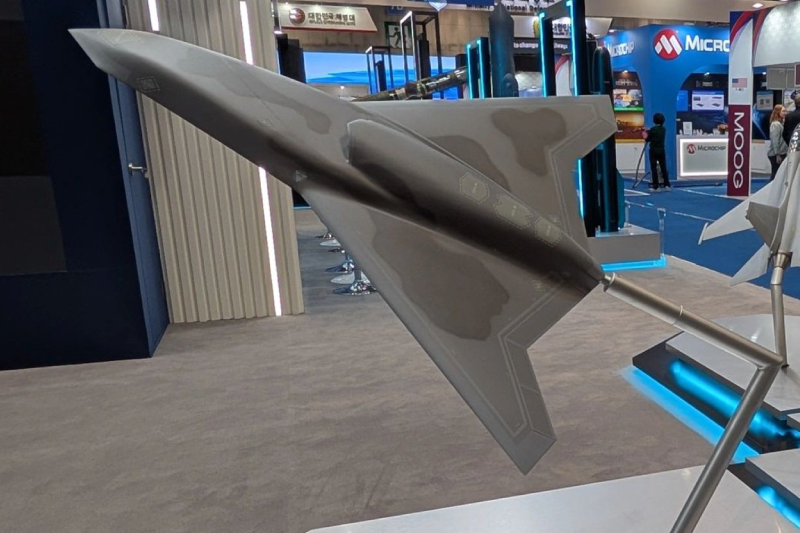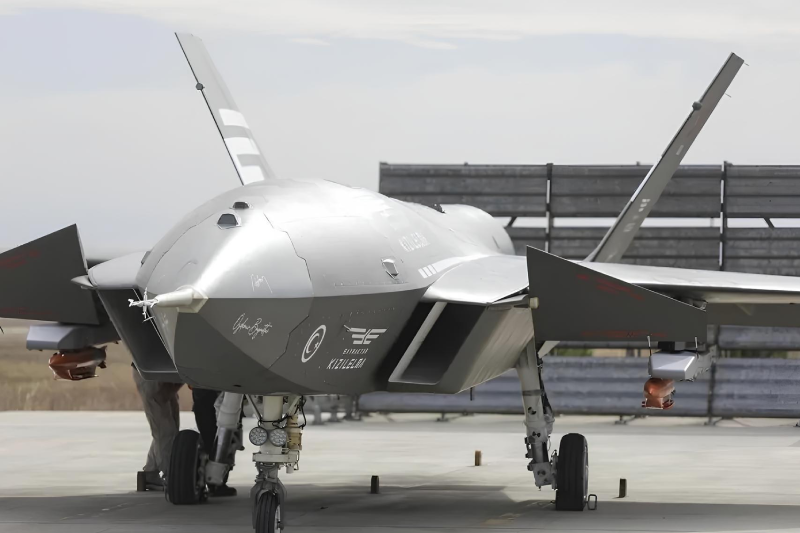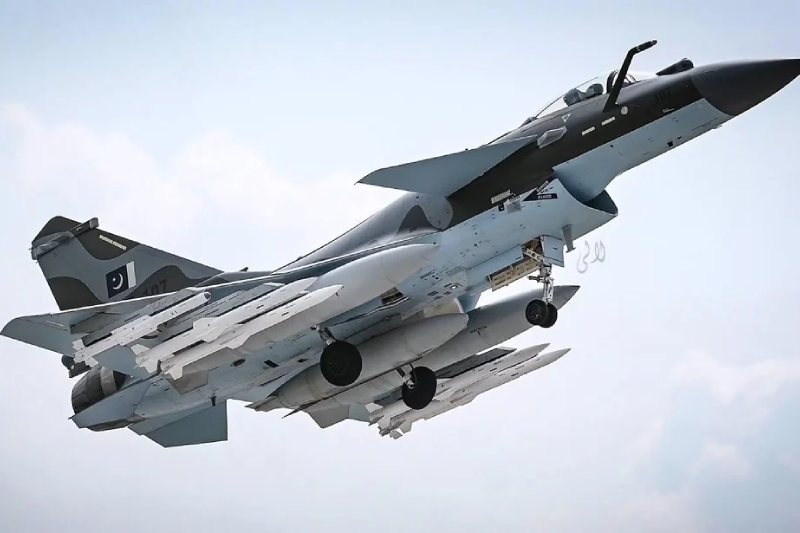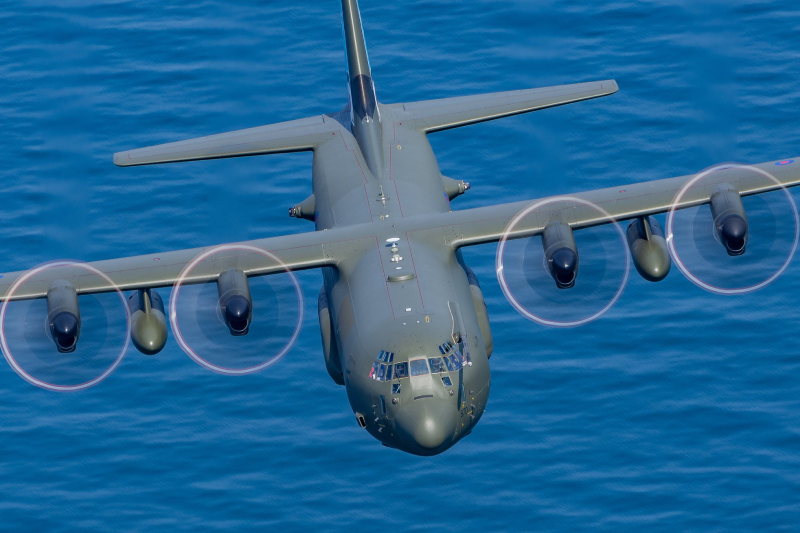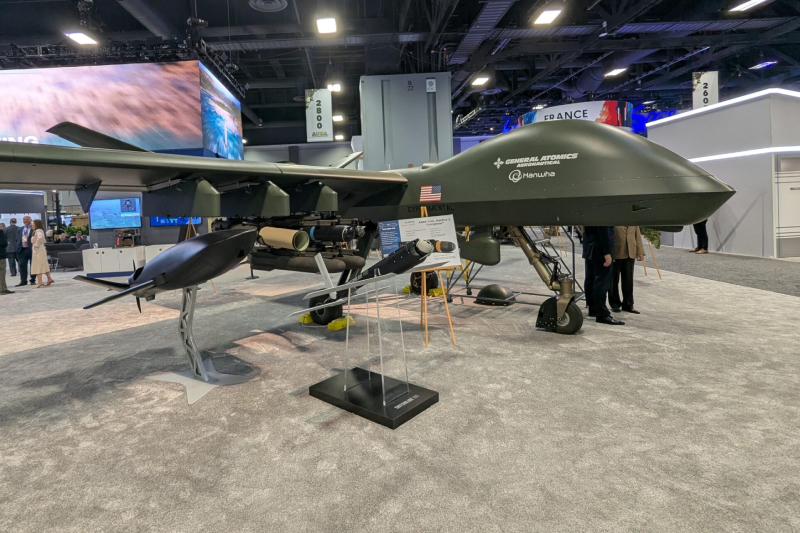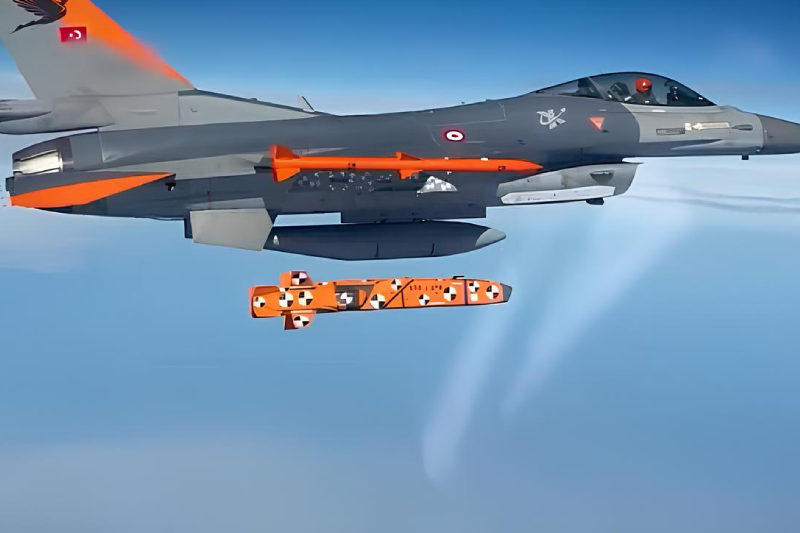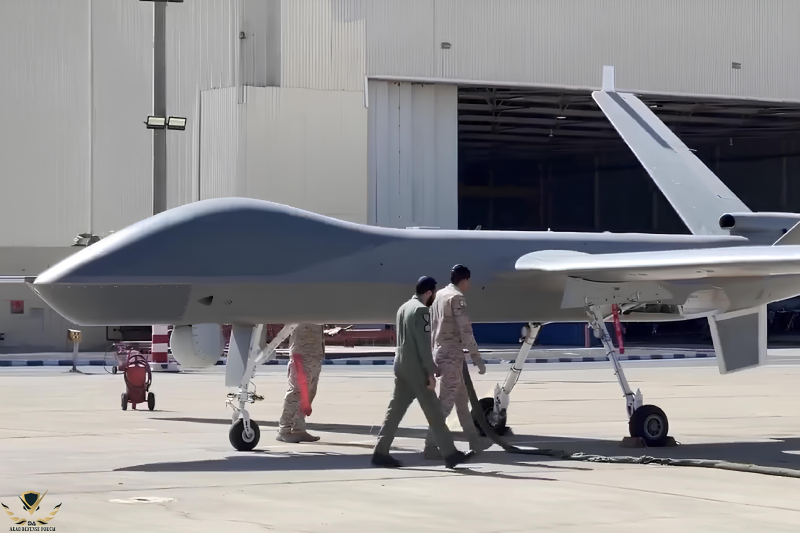Lockheed Martin Showcases Vectis Drone at ADEX 2025
Lockheed Martin has unveiled its cutting-edge unmanned aerial system, the Vectis combat drone, at the 2025 ADEX defense exhibition in South Korea. This highly anticipated reveal showcases the next evolution in collaborative combat aviation, as the Vectis combat drone represents Lockheed Martin’s strategic answer to the growing demand for advanced unmanned systems capable of operating alongside fifth-generation manned fighters in high-threat environments.
Developed by Lockheed Martin’s legendary Skunk Works advanced projects division, the Vectis platform embodies decades of cutting-edge aerospace engineering expertise. The Skunk Works team, renowned for creating revolutionary aircraft like the SR-71 Blackbird and F-117 Nighthawk, has applied its signature innovation approach to unmanned systems. The Vectis is specifically intended to operate as part of a Family of Systems alongside fifth-generation aircraft, particularly the F-35 Lightning II, creating unprecedented synergy between manned and unmanned combat platforms.
According to Lockheed Martin, the Vectis drone has been engineered for seamless integration with existing manned fighter platforms across multiple combat domains. The system supports an extensive range of mission sets that address contemporary warfare requirements, including precision strike operations, intelligence gathering and surveillance, electronic warfare operations, and enemy air defense suppression. This versatility makes Vectis a true multi-role asset capable of adapting to evolving battlefield conditions and operational requirements.
The Vectis system is controlled by MDCX mission management software, representing a sophisticated command-and-control solution that connects the drone into larger joint military networks. This software architecture enables real-time coordination between multiple platforms, facilitating seamless information sharing and collaborative engagement strategies. The integration allows commanders to leverage Vectis as an extension of their tactical capabilities, deploying the drone for missions that would otherwise require risking manned aircraft or accepting capability gaps.
The name Vectis derived from the Latin word for “lever” symbolizes the platform’s intended role as a force multiplier that amplifies combat effectiveness. Lockheed Martin emphasizes that Vectis is designed to provide multi-domain interoperability and exceptional range flexibility, enabling operations across diverse geographic and threat environments. The system is specifically optimized for sustained missions in challenging operating theaters, including the strategically critical Indo-Pacific region where extended range and endurance prove essential for effective power projection.
Demonstrating confidence in its design maturity, Lockheed Martin has announced plans to complete development, testing, and production by 2028. This ambitious timeline reflects the company’s investment in streamlining development processes and leveraging existing technology where possible. The rapid fielding approach addresses urgent military requirements for collaborative combat aircraft while maintaining the rigorous testing standards necessary for operational certification and reliability in contested environments.
Lockheed Martin emphasized that Vectis incorporates advanced low observable features, commonly known as stealth technology, reducing its radar cross-section and enhancing survivability in defended airspace. The modular mission capability approach allows operators to reconfigure the drone for different roles by swapping mission packages, providing operational flexibility without requiring entirely separate aircraft variants. The airframe is specifically optimized for endurance, range, and maneuverability, enabling Vectis to serve both front-line penetration and standoff support roles depending on mission requirements.
Don’t miss this: Britain Confirms Delivery Of C-130J Hercules Aircraft to Türkiye
The Vectis represents Lockheed Martin’s entry into the broader shift toward collaborative combat aircraft programs gaining momentum across Western militaries. These systems function as force multipliers by working in coordinated tandem with piloted aircraft in contested environments, extending sensor coverage, increasing weapons capacity, and enabling more complex tactical operations. US Air Force officials have previously discussed similar concepts under the Next Generation Air Dominance (NGAD) initiative, a comprehensive modernization program also being pursued by major defense contractors including Lockheed Martin, Boeing, and Northrop Grumman as they compete to define future air superiority.
Keep connected with us at Facebook, Twitter, YouTube, Instagram & TikTok for latest defense happening around the globe.
Discover more from International Defence Analysis
Subscribe to get the latest posts sent to your email.


